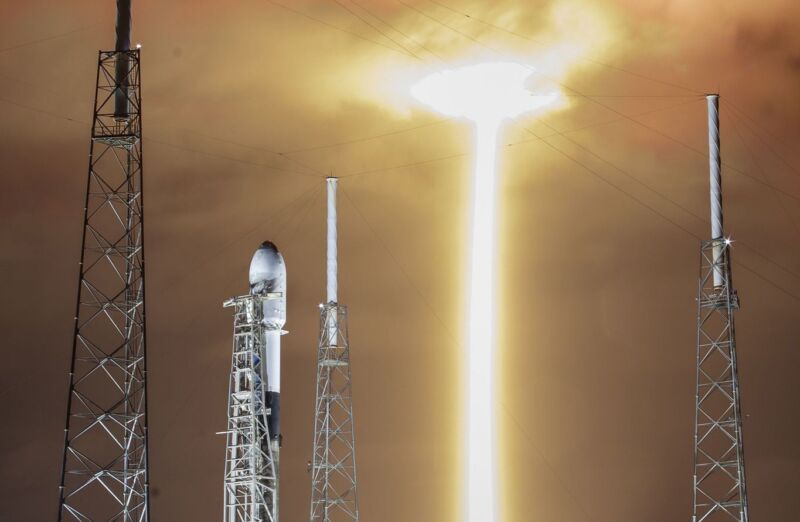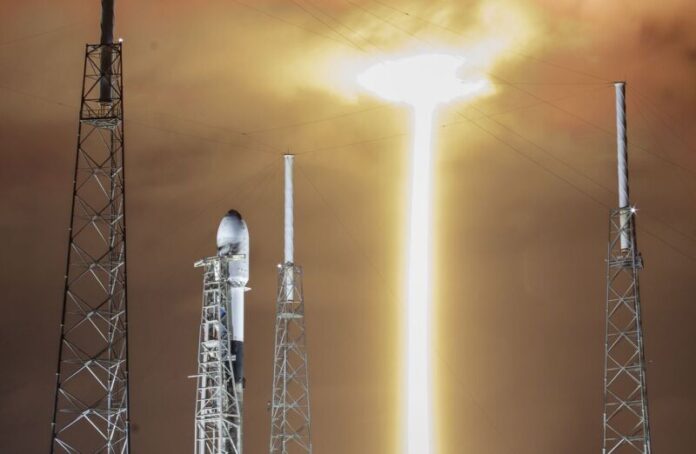
Enlarge / With NASA planning more missions to space in the future, scientists are studying how to mitigate health hazards that come with space flight (credit: SpaceX)
When 17 people were in orbit around the Earth all at the same time on May 30, 2023, it set a record. With NASA and other federal space agencies planning more manned missions and commercial companies bringing people to space, opportunities for human space travel are rapidly expanding.
However, traveling to space poses risks to the human body. Since NASA wants to send a manned mission to Mars in the 2030s, scientists need to find solutions for these hazards sooner rather than later.
As a kinesiologist who works with astronauts, I’ve spent years studying the effects space can have on the body and brain. I’m also involved in a NASA project that aims to mitigate the health hazards that participants of a future mission to Mars might face.
Read 18 remaining paragraphs | Comments
Ars Technica - All contentContinue reading/original-link]




